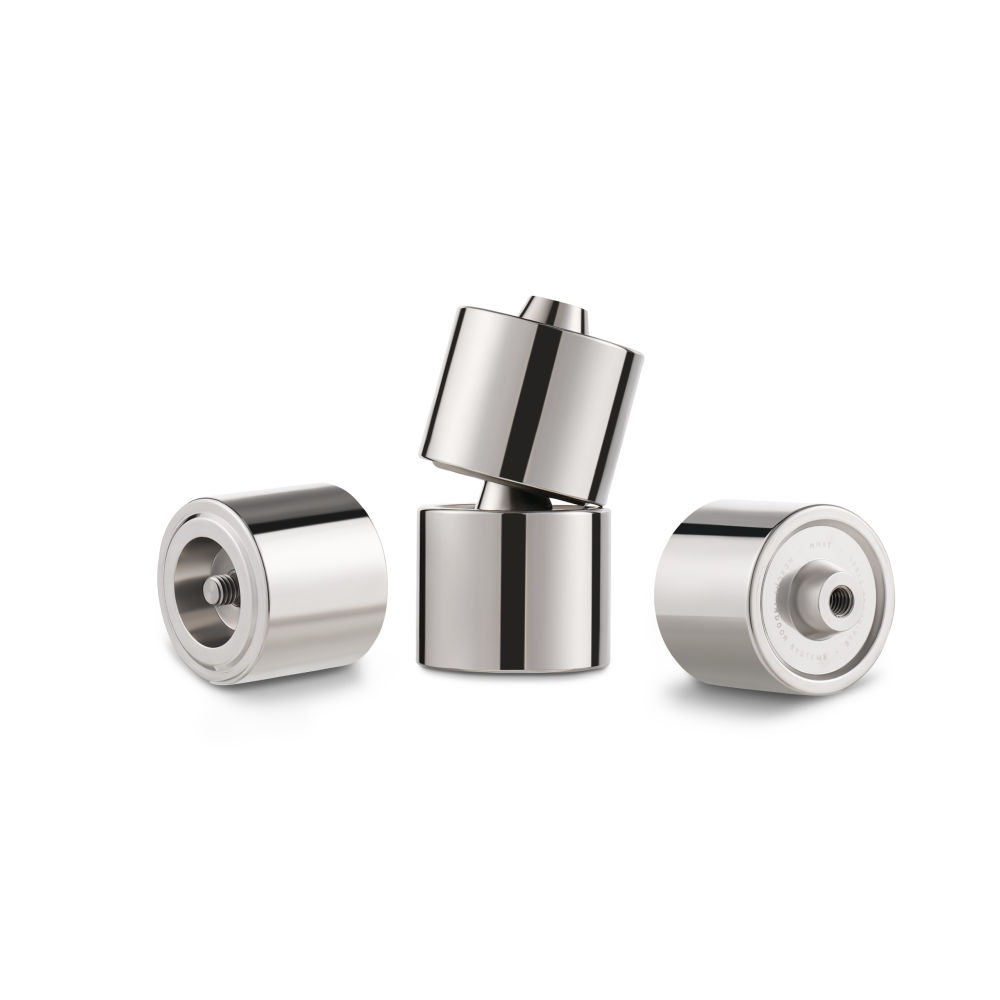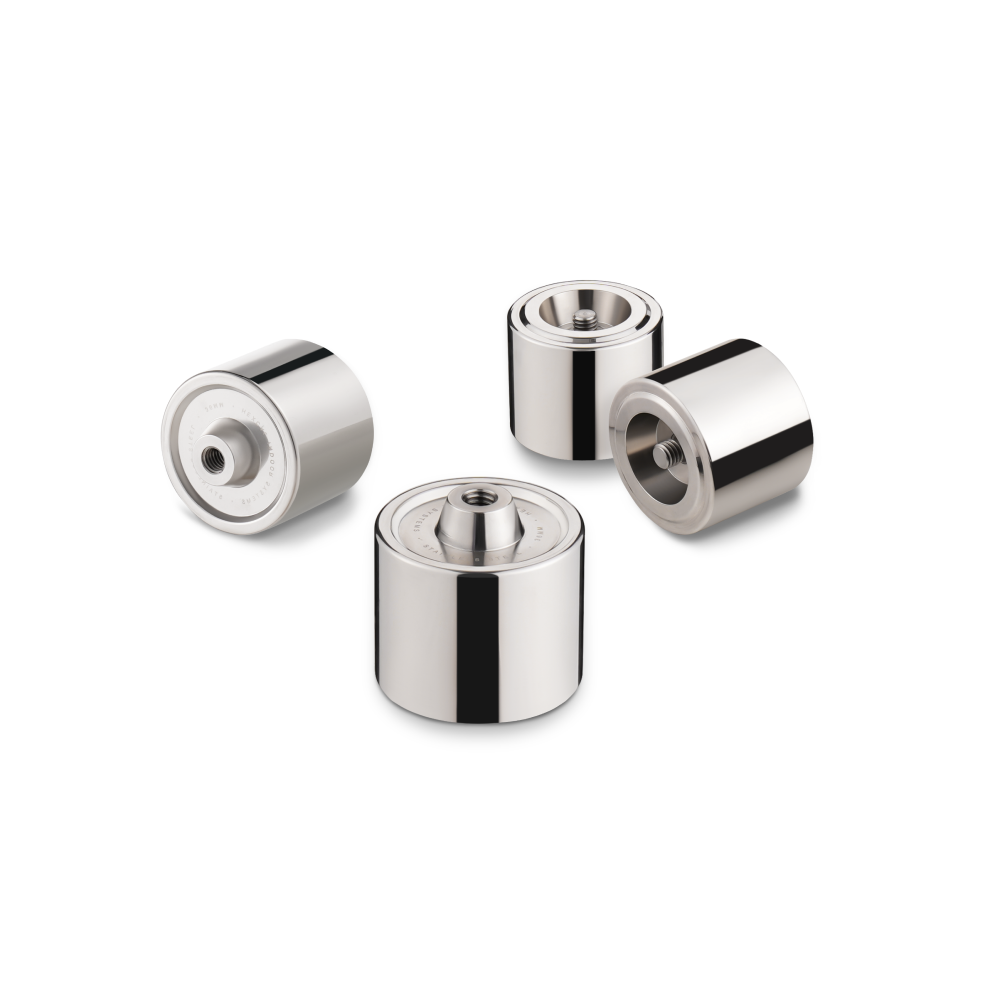Are All Monitor Stands the Same? Exploring the Differences and Finding the Best Fit
Suppose you spend hours in front of your computer screens. In that case, you know the importance of a comfortable and ergonomic setup. One of the crucial elements of such a setup is a monitor stand. A monitor stand is a simple yet effective solution that can help you elevate your computer monitor to a comfortable viewing height. Doing so can reduce neck strain, prevent eye fatigue, and promote better posture.
But are all monitor stands the same? While they may seem similar at first glance, various types of monitor stands have different features and benefits. In this blog post, we will explore the key differences among monitor stands and help you find the best fit for your needs and preferences.

Definition of Monitor Stands
A monitor stand is a supportive platform that raises your computer screen to a suitable viewing level. It assists in reducing neck strain by enabling you to set the display at eye level. Furthermore, lifting the monitor off the desk frees up additional storage space beneath it.
Common Usage and Benefits
A monitor stand is a helpful tool that aids you in achieving better posture and minimizing strain on your neck and shoulders. Elevating your monitor to eye level helps prevent discomfort and fatigue during prolonged computer use. Furthermore, it creates additional desk space by enabling you to store items beneath the monitor, thereby keeping your workspace organized and tidy. A monitor stand contributes to an ergonomic setup and promotes a more comfortable and productive work environment.
Key Differences Among Monitor Stands
Several types of monitor stands are available in the market, including fixed, adjustable, and articulated ones. Fixed monitor stands are the most basic type and have a fixed height and angle. They offer stability and simplicity, making them ideal for standard setups. On the other hand, adjustable monitor stands offer you the flexibility to adjust the height and angle of the monitor to your liking, allowing you to customize the monitor position to suit your ergonomic preferences. Articulated monitor stands are the most versatile type and have multiple joints that allow you to adjust the monitor in various directions. Specialty stands are tailored to specific purposes, such as standing desks or gaming setups. It is crucial to choose a monitor stand that best suits your monitor size, workspace, and ergonomic requirements, ensuring a comfortable and productive work environment.
It is worth noting that while monitor stands may appear similar at first glance, they offer a range of features and benefits that set them apart from one another. Some monitor stands offer adjustable heights and angles, while others provide additional storage space. Some stands are specifically designed to accommodate multiple monitors. In contrast, others are tailored to specific purposes, such as gaming or standing desks. When choosing a monitor stand, you must consider your particular needs and preferences to find the one that best suits you.
Types of Monitor Stands
Different monitor stands offer various features and benefits to cater to individual needs and preferences. Here are some of the most popular types of monitor stands available on the market:
1. Adjustable Height Stands: These stands allow you to customize the height of your monitor, ensuring that it is at eye level, promoting proper posture, and reducing neck and back strain. Look for stands with a smooth and easy height adjustment mechanism.
2. Dual Monitor Mounts:A dual monitor mount may be an excellent option if you work with two monitors. These mounts allow you to position your monitors side by side, optimizing your workspace. Look for mounts that offer individual tilt, rotation, and height adjustments for each monitor.
3. Standing Desk Converters:A standing desk converter with a built-in monitor stand could be a perfect solution for those who prefer a more flexible workspace. These converters enable you to switch effortlessly between sitting and standing positions, promoting better posture and reducing the risk of sedentary behavior. Look for converters with a sturdy, stable design and ample space for your monitor and other accessories.
4. Wall Mounts:If you have limited desk space or prefer a clean and organized workspace, a wall mount may be an ideal choice. Wall mounts enable you to securely attach your monitor to the wall, freeing up valuable desk space. Look for mounts with strong and durable construction and adjustable tilt and swivel features for optimal viewing angles.
Factors to Consider When Choosing a Monitor Stand
Apart from the type, there are several other differences among monitor stands that you should consider before making a purchase.
1. Weight Capacity:It is essential to choose a monitor stand that can support the weight of your monitor. Different stands have varying weight capacities, so check the specifications before purchasing. A stand with a low weight capacity may not provide adequate support, while a stand with an excessively high weight capacity may be unnecessarily bulky and expensive.
2. Size Compatibility: Not all monitor stands are compatible with all monitor sizes, so it is crucial to check the specifications and ensure that your monitor falls within the recommended range. Choosing a stand that is incompatible with your monitor can result in damage or instability.
3. Adjustability: When selecting a monitor stand, it is important to consider adjustability. A quality stand should provide various height, tilt, and rotation adjustments, enabling you to customize your viewing angle and minimize strain on your neck and eyes. Seek stands that offer smooth and effortless adjustments, preferably with a pneumatic mechanism. Additionally, some stands may offer swivel or pivot features, allowing you to alter your monitor's position without moving the stand itself.
4. Cable Management:Keeping your desk tidy and organized is crucial for optimal productivity. Some monitor stands come with built-in cable management solutions to help you declutter your desk.
5. Material: Monitor stands can be made of various materials, including plastic, metal, and wood. Choose a material that matches your desk and décor.
6. Desk Space and Layout: Desk space and layout are also essential factors to consider when choosing a monitor stand. A stand that takes up too much space on your desk can limit your workspace, making it challenging to work efficiently. Consider stands with a compact and space-saving design, such as those that attach to the back of your monitor or clamp onto the desk's edge. Additionally, choose a stand that complements your desk's layout and arrangement, ensuring that it fits seamlessly into your workspace. A well-designed monitor stand can help optimize your desk space and layout, creating a more comfortable and productive working environment.
Choosing the right monitor stand can have a significant impact on your workspace's functionality, stability, and aesthetic appeal. When selecting a monitor stand, consider factors such as compatibility, adjustability, and mounting options. By keeping these factors in mind and selecting a stand that meets your needs and preferences, you can create a comfortable and productive workspace that enhances your work experience. A well-designed monitor stand can help reduce neck and eye strain, improve your posture, and increase your overall productivity. With so many options available, it's essential to take the time to choose the right monitor stand for your needs and make your workspace work for you.







